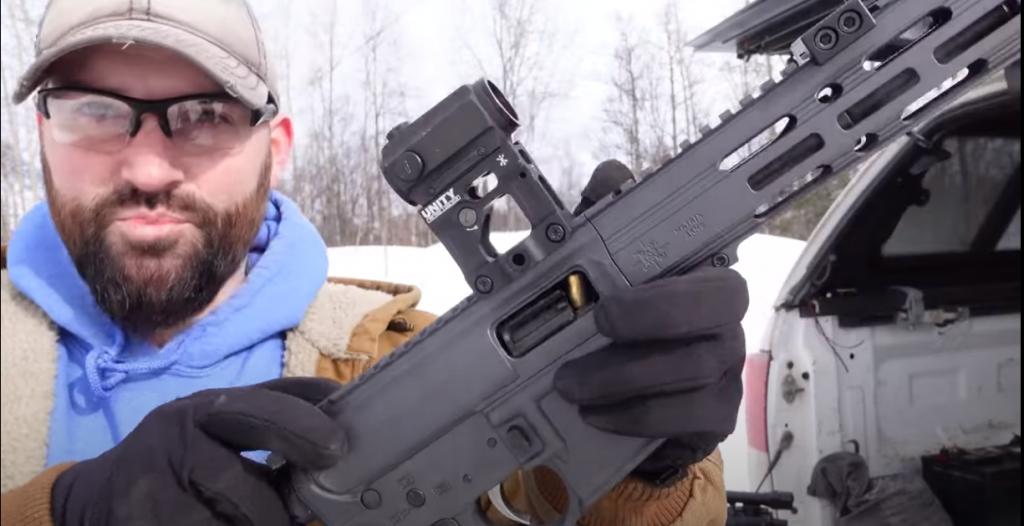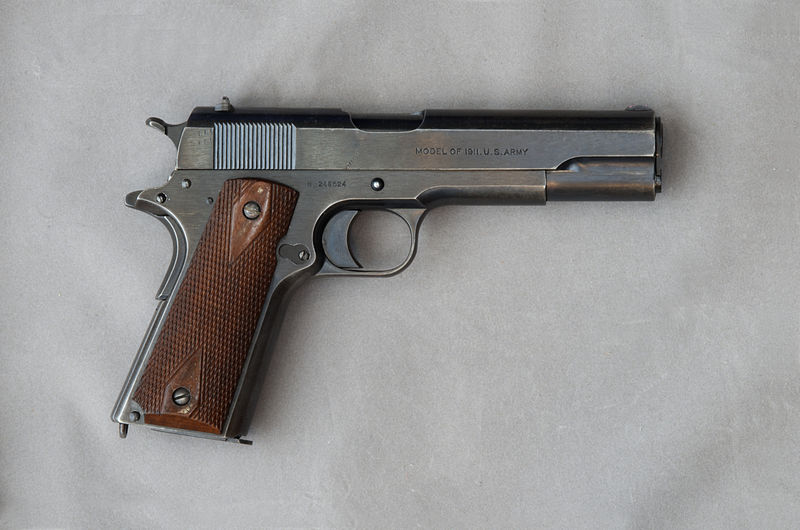
Usually, decent quality firearms function flawlessly. But when they don’t, firearms can suffer from a maddening number of different malfunctions. One malfunction that plagues some firearms is a failure to eject, or “FTE.” In one of our recent gunsmithing videos, SDI grad and semi-pro bear wrestler Caleb Downing breaks down how to fix an FTE malfunction in the field with his AR-9.
What is a Failure to Eject (FTE)?
A failure to eject is a type of firearm malfunction that typically happens with semi-automatic guns. In an FTE, the gun doesn’t successfully remove a spent casing after firing a bullet. Rather, the bullet fires as normal, but once the gun tries to get rid of the casing (or “eject” it), something prevents it from doing so. As a result, when the gun tries to load a new cartridge into the chamber, it runs into problems.
How to Diagnose and Fix an FTE with an AR-9
Caleb starts off by commenting that, generally, AR-pattern guns won’t run into a ton of malfunctions because most of them feature MIL-parts. As a result, parts from many different companies can play nice with one another.
In fact, one of the only big differences between AR-9s specifically is with the types of magazines they use. More on that later.

The Problem with Caleb’s AR-9
After explaining a little bit about how AR-9s work, Caleb gets into the specific problem that his gun is running into. He shows us how he loads a round into the magazine, charges the gun, and fires successfully. The magazine he uses features a bolt hold-open, so it doesn’t close when the magazine is empty.
Next, Caleb tries to chamber another round. That’s when things get sticky.
He clears the malfunction by removing the live round and then pulling the bolt back. Hanging onto the stuck spent casing, he taps the bolt forward, which knocks the spent casing out.
Diagnosis
To diagnose the problem, Caleb fires another round. Then, he takes a look into the inside of the chamber. This allows him to diagnose the problem pretty quickly. He sees that the spent casing is caught on the bolt carrier and that the extractor is offset to the left side. This is his first hint that the extractor itself may be the problem.
To confirm his suspicions, Caleb swaps out his lower receivers. He uses a different lower receiver that he knows doesn’t have any problems and attaches it to the upper from the gun that was having problems. After seeing it work flawlessly, Caleb knows that his problem is with the original lower receiver.
That’s exactly where he finds it. MIL-SPEC AR-pattern lower receivers don’t have an extractor. With Caleb’s previous build, he’d been using EndoMag magazines with built-in extractors, unlike the Colt mags his new lower receiver used.
Remember how earlier we mentioned Caleb’s new lower had a built-in extractor? It just wasn’t in the right position to pull out an empty casing. Caleb devised a simple fix using a wrench to bend the extractor into place. After a few trial runs to ensure that everything was running smoothly, Caleb’s AR-9 was ejecting brass consistently.
Learn More about Fixing Firearms with SDI
Do you enjoy getting analytical and fixing problems? Do you love guns, too? At SDI, we can help you combine those passions. Learn how to do that by checking out all of the programs we offer.



